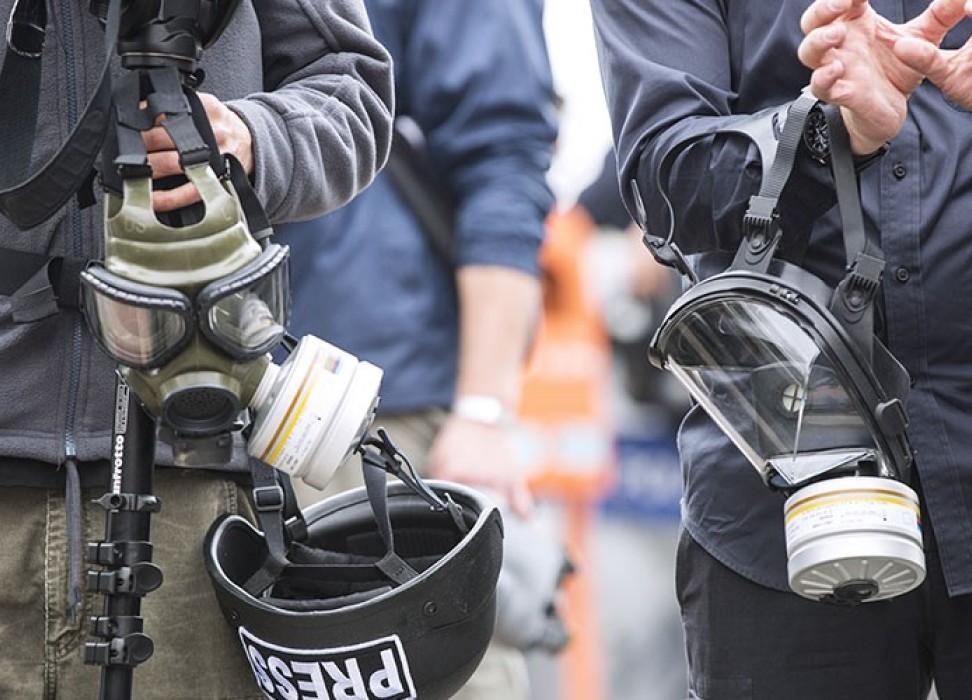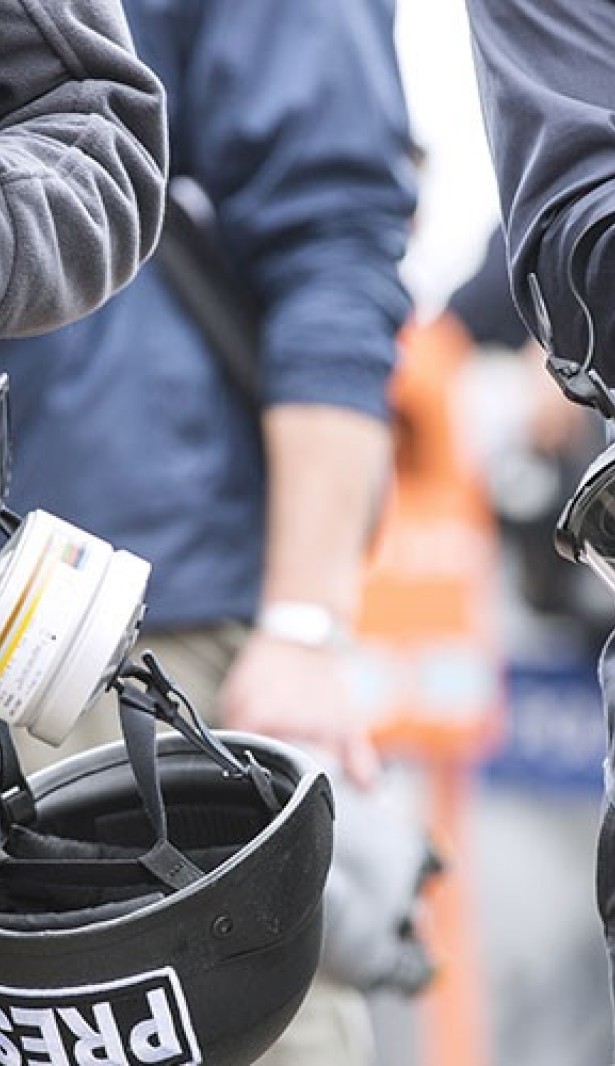Harassment, detention, death: journalists still in peril
02 November 2018

Constant harassment. Unlawful detention. Threats and intimidation. Somehow, over nearly 12-year period (from 2006 to 2017), being a journalist has become a very dangerous profession.
A report by UNESCO looking into global trends associated journalists’ safety shows an increase in the number of journalists killed around in the world. Right now is a critical time for journalists safety, 530 journalists were murdered, with only 10 percent of those responsible for the killings facing any sort of justice.
In his speech marking the International Day to End Impunity for Crimes against Journalists, UN Secretary-General Antonio Guterres said 88 journalists have been killed this year so far.
Citing deep concern “by all human rights violations and abuses committed in relation to the safety of journalists, and media workers, including killing, torture, enforced disappearance, arbitrary arrest…” the Human Rights Council issued a resolution on the safety of journalists. The resolution focuses on creating an enabling environment for media, and calls on political leaders to stop denigrating journalists and reinforces international criticism of political leaders who have sought to continue to undermine trust in journalists.
The resolution also calls on States to use 2 November 2018, the International Day to End Impunity for Crimes against Journalists, as a chance to launch concrete initiatives to provide better protection for journalists in their countries.
Despite numerous prevention, protection, monitoring and complaint mechanisms, journalists continue to be targeted at an alarming rate. It seems nearly daily there are reports on attacks against a journalist somewhere in the world. The latest case of the Saudi journalist and critic Jamal Khashoggi killed in the Saudi Arabian consulate in Turkey has once again served to highlight the dangers many journalists face.
But it isn’t just killings that affect journalists. There has been an increase in unlawful detention, arrests, constant threats and harassment are on the rise.
Manel Gharbi is a radio journalist in Tunisia. When she covered the Tunisian revolution in 2011, she faced a barrage of harassment and pressure and even an online against her work by a group of listeners to the radio station because of her reporting on the work of students and other activists during the revolution. During a teacher’s strike, some of the work that she and a colleague spoke about on the radio angered teachers. They picketed outside the radio station, demanding the radio station sanction the pair.
“I was repeatedly reprimanded by management to longer express my opinion and I was even forbidden to treat certain subjects during my broadcasts,” Gharbi said.
But journalists can fight back and learn how to better protect themselves, said Khawla Chabbeh, a journalist who now heads the monitoring unit for the National Union of Tunisian Journalists. The organization keeps tabs on attacks on journalists in Tunisia, and shines the light of attention on these cases.
“I believe that monitoring attacks on journalists will help protect journalists and intervene for their benefit by providing adequate and instant legal advice and assistance, develop indicators on safety of journalists and propose practical and scientific solutions to guarantee the safety of journalists,” she said. “Training also plays an important role to inform journalists of their rights.”
Chabbeh was a participant in a training on monitoring free speech and safety for journalists provided in part by the UN Human Rights Office in Tunisia. During the training, journalists learned how to monitor for human rights violations using local, national and international human rights standards. They also learned how to report these violations and bring greater attention to them.
The Tunisian journalist training was one of a few projects cited in the recent report to the Human Rights Council on safety of journalists, as an example of what can be done help ensure the safety of journalists. Indeed the report suggests that work on local and regional level appears to have the best effect when it comes to embedding mechanisms for journalists’ safety.
Gharbi, who also undertook training on monitoring free speech and safety for journalists, said she has seen an improvement for journalists in the country. There are stronger laws to help protect them, as well as more places to turn with complaints. But, every journalist she says, could benefit from learning more about press freedom and safety.
“Following this training can provide journalists with an opportunity to deal with current issues in a different way, to have a different perspective about it, and, more importantly, to be more relevant. They will be able to distinguish the abuses, the limits to freedom of expression, especially in the current context of the country,” she said. “They will be informed of the different structures to which they can turn and the procedures to be undertaken in the event of a breach of rights.”
2 November 2018
